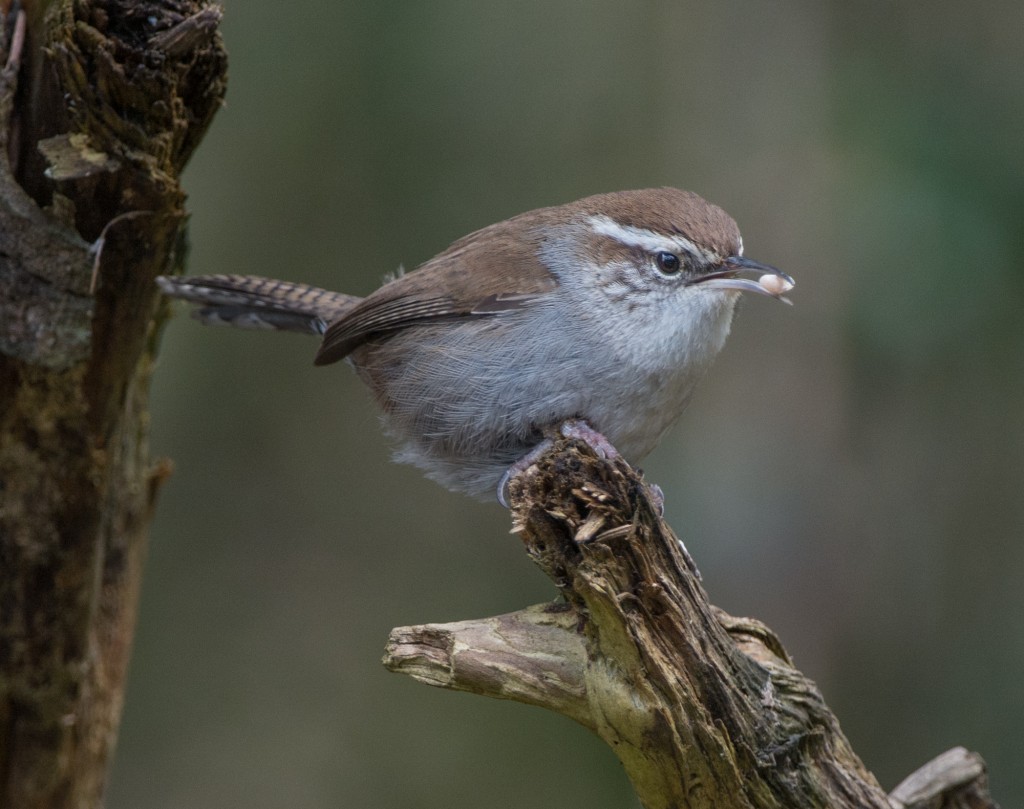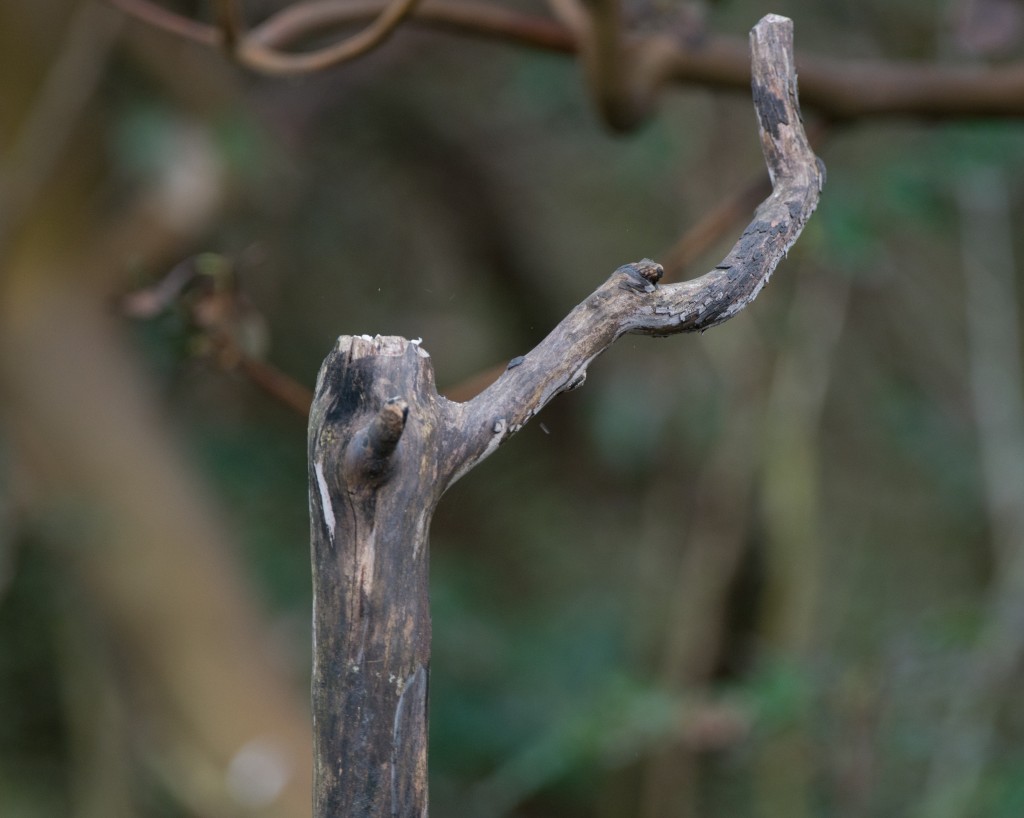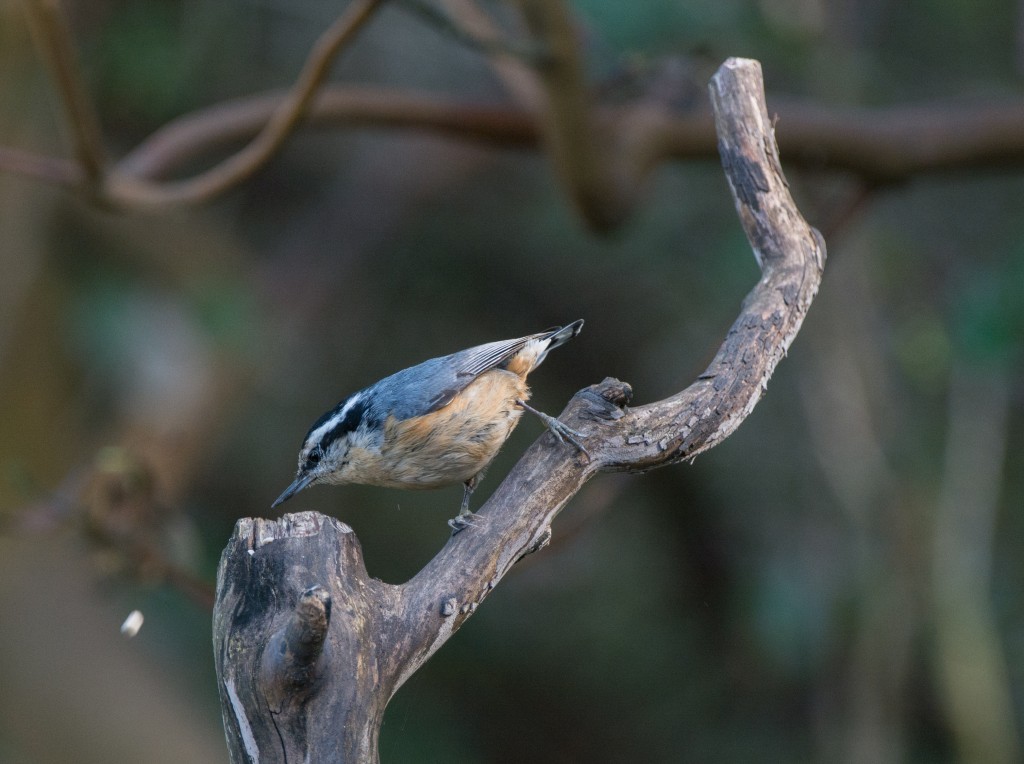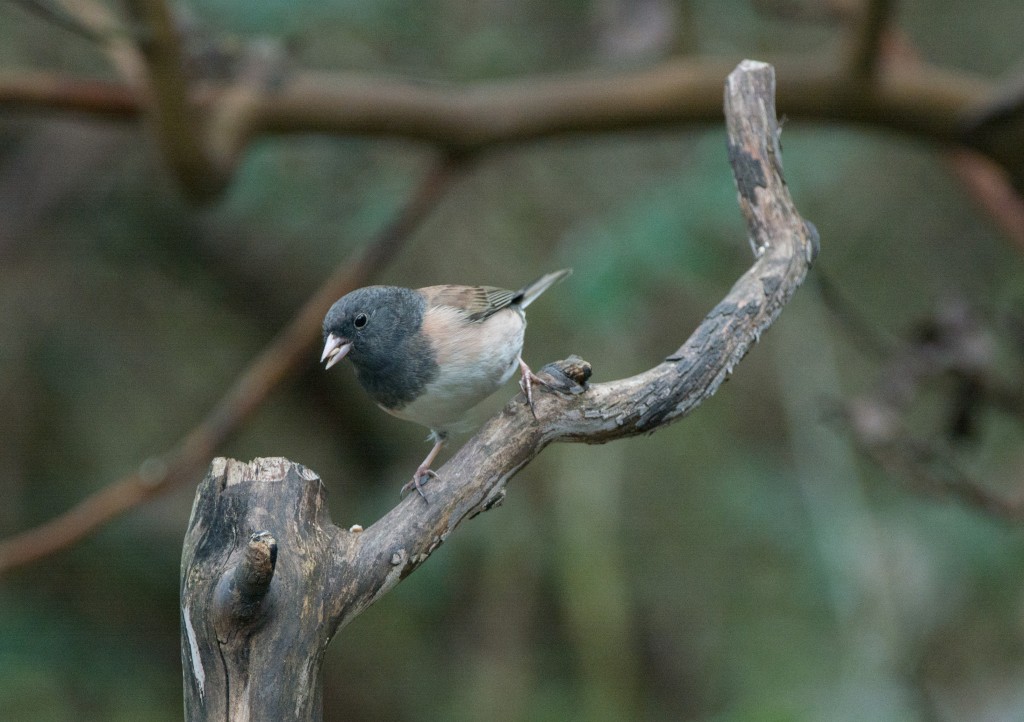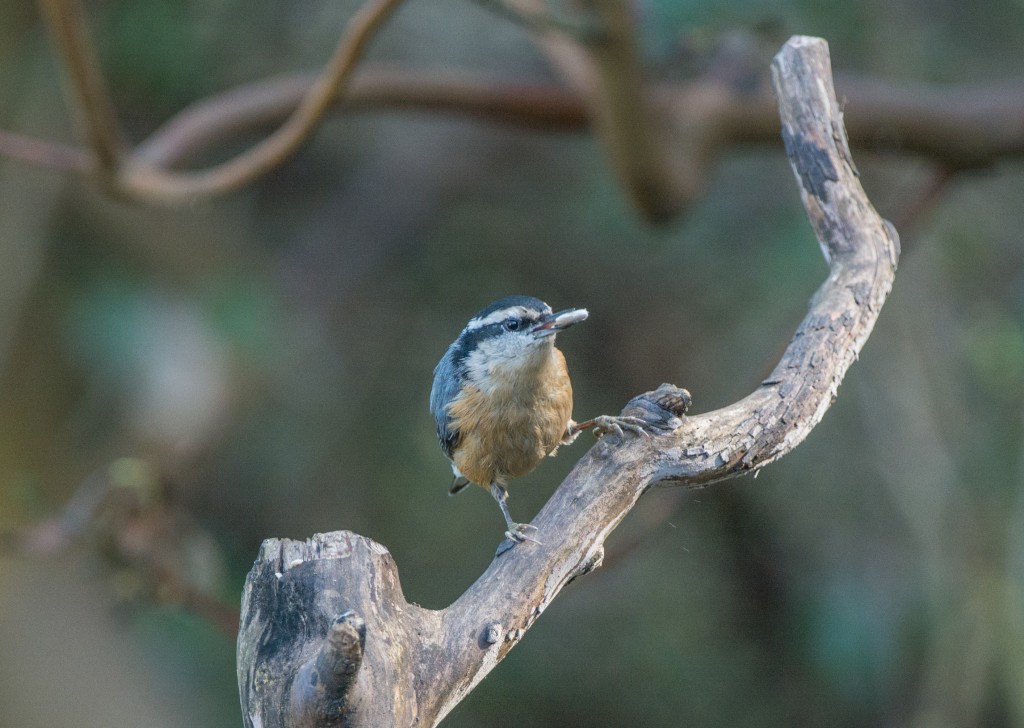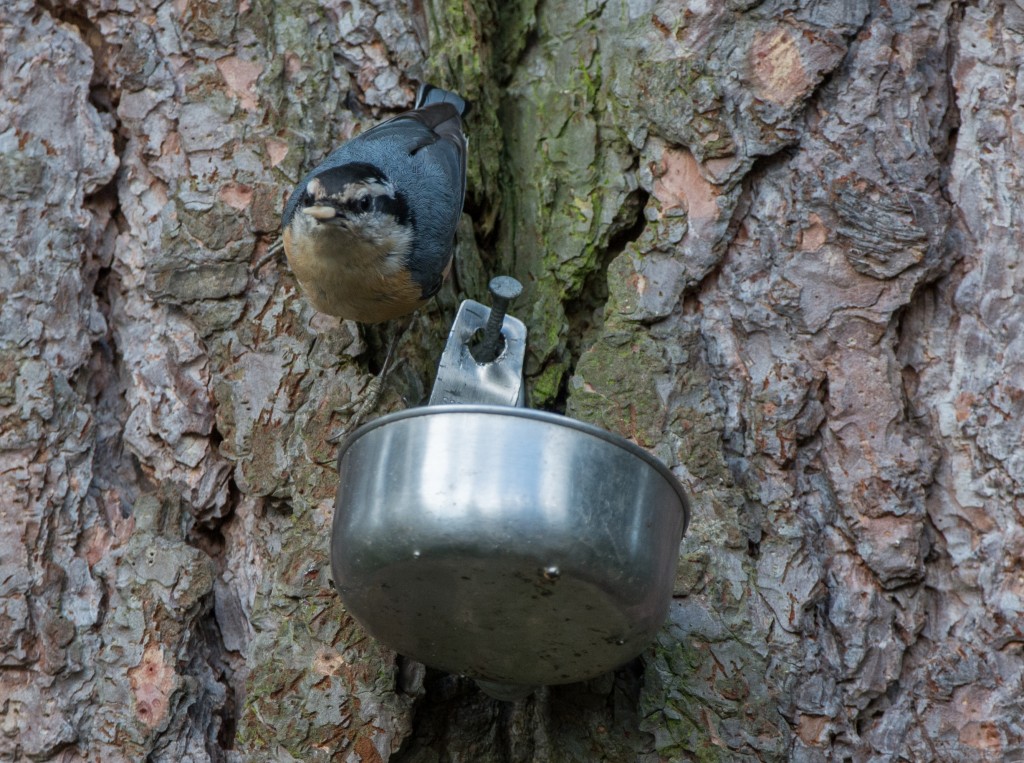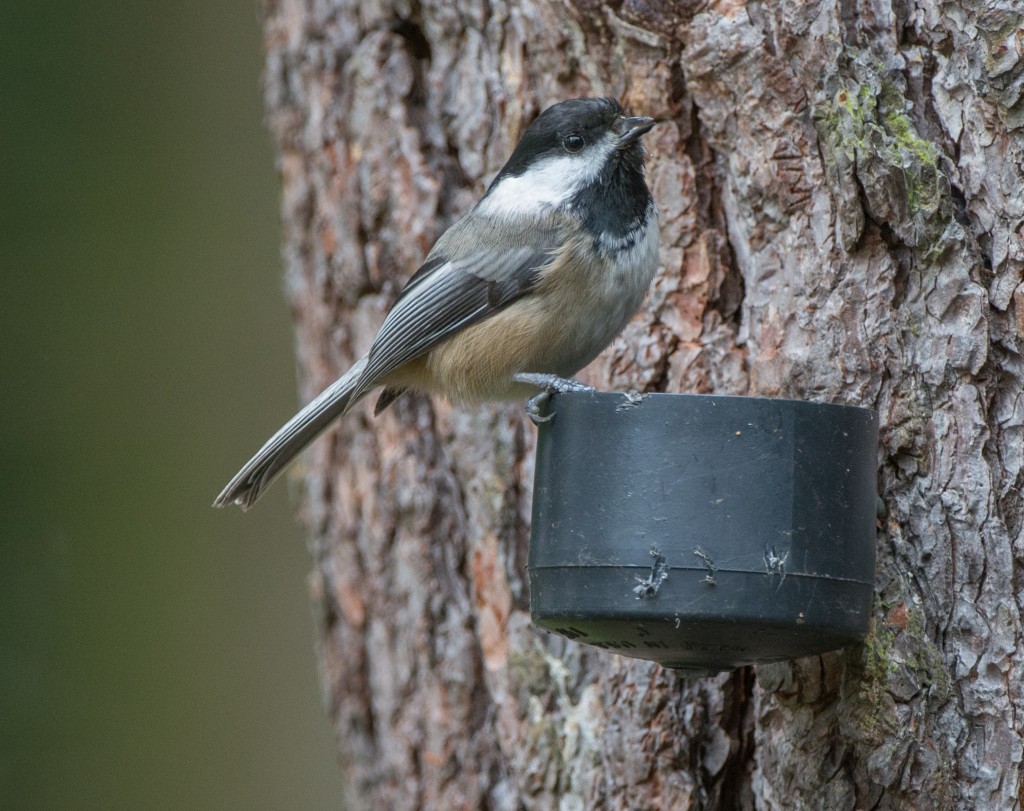Lately we’ve had a few breaks in the weather and I’ve spent time in the yard photographing birds. As I mentioned in a prior post, I soon will be transitioning from vehicle excursions around the county to photographing birds in my yard. Part of the reason is comfort… I can control the environment in my vehicle but if I photograph in the yard I am at the mercy of weather conditions. But another reason is beginning about this time of year I can attract spring migrants to the yard and photograph them under more controlled conditions. And here is a very brief aspect of how I’m able to do that.
Borrowing a tired cliche from the real estate industry, it’s habitat, habitat, habitat. Habitat is what attracts birds to your yard… or any area, for that matter. I don’t have the time or space here to go into details, but my objective is to be able to photograph birds in natural habitat, ie, not on feeders. I have feeders (and other means) which I use to attract birds to the yard, but once they arrive here it’s my goal to eliminate the feeders from my photographs. If you have good habitat you can provide strategic staging points for the birds… natural places they will perch when approaching or leaving food and water sources that you provide, and while they are perching at those locations it provides a perfect opportunity for photography.
Here is a photo of a Bewick’s wren using a strategically placed staging stick located adjacent to a bird bath… it’s placed in an area where the birds are likely to use it to access the bird bath. (This particular wren is unusual in that it has been eating sunflower seeds on the ground, and you can see that it has one in its beak.)
Here’s a photo of another stick that might look inviting to a bird given the right location.
But this simple stick, which would make a nice staging location if it were near food or water, holds a secret. The vertical portion of the stick has been drilled out so that it holds a small amount of seed. So this staging point is doubly attractive to birds because it not only furnishes food, but also a handy landing point on the way to the food. And for the photographer, it furnishes a point to photograph a bird in a natural setting. In the next two photographs a Red-breasted nuthatch and Black-capped chickadee are reaching into the reservoir for a seed.
The seed supply is hidden in this photo, so the setting looks natural. (Note the seed the nuthatch has thrown from the reservoir.)
Here’s a Dark-eyed junco (Oregon race) on the same stick, so this feeder/staging stick is inviting enough to attract at least three species of birds.
But there is ample opportunity to photograph birds when they use the stick as a staging point and they are well away from the reservoir, as is the case in the following photo. With a little luck and the right cropping, you could completely eliminate the seed reservoir from the photograph.
Pictured below is a simple feeder that you can make out of a cheap measuring cup that will cater to small clinging birds such as nuthatches, chickadees and woodpeckers. Although extremely vulnerable to squirrels, the entire side of the tree becomes a staging area for this feeder type and location.
Finally, here’s a Black-capped chickadee accessing a water supply furnished in a small PVC cap… very affordable and effective!

